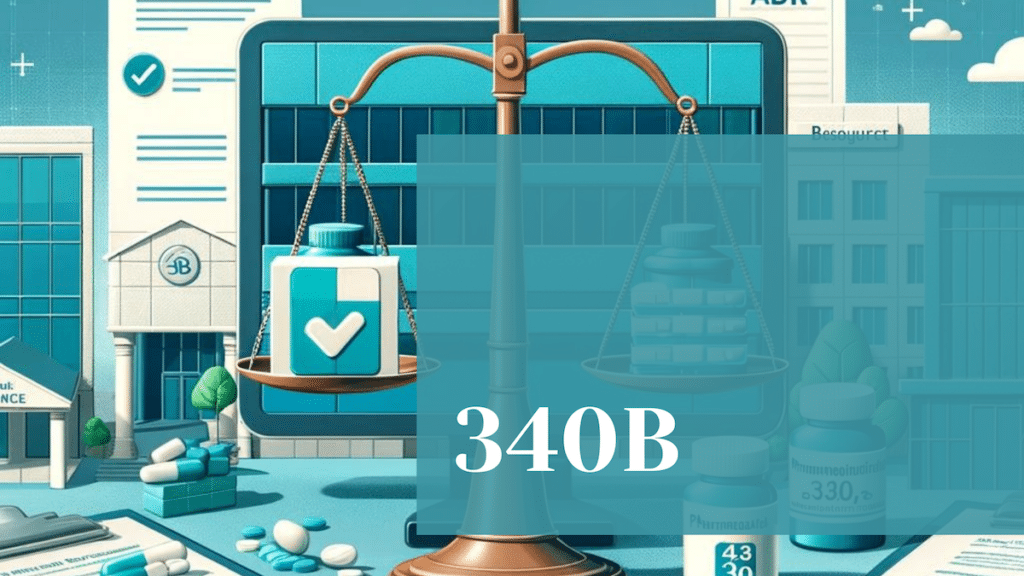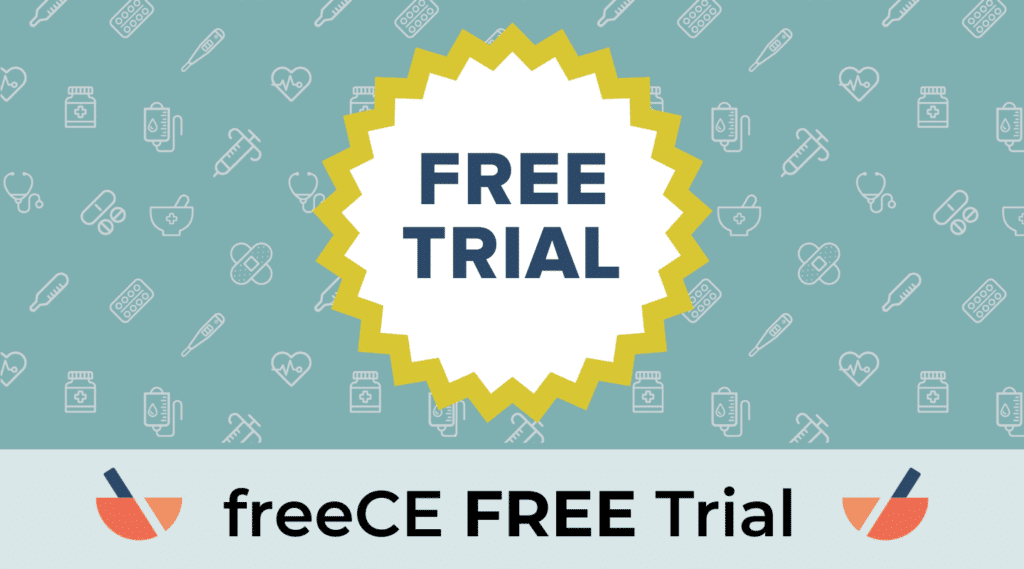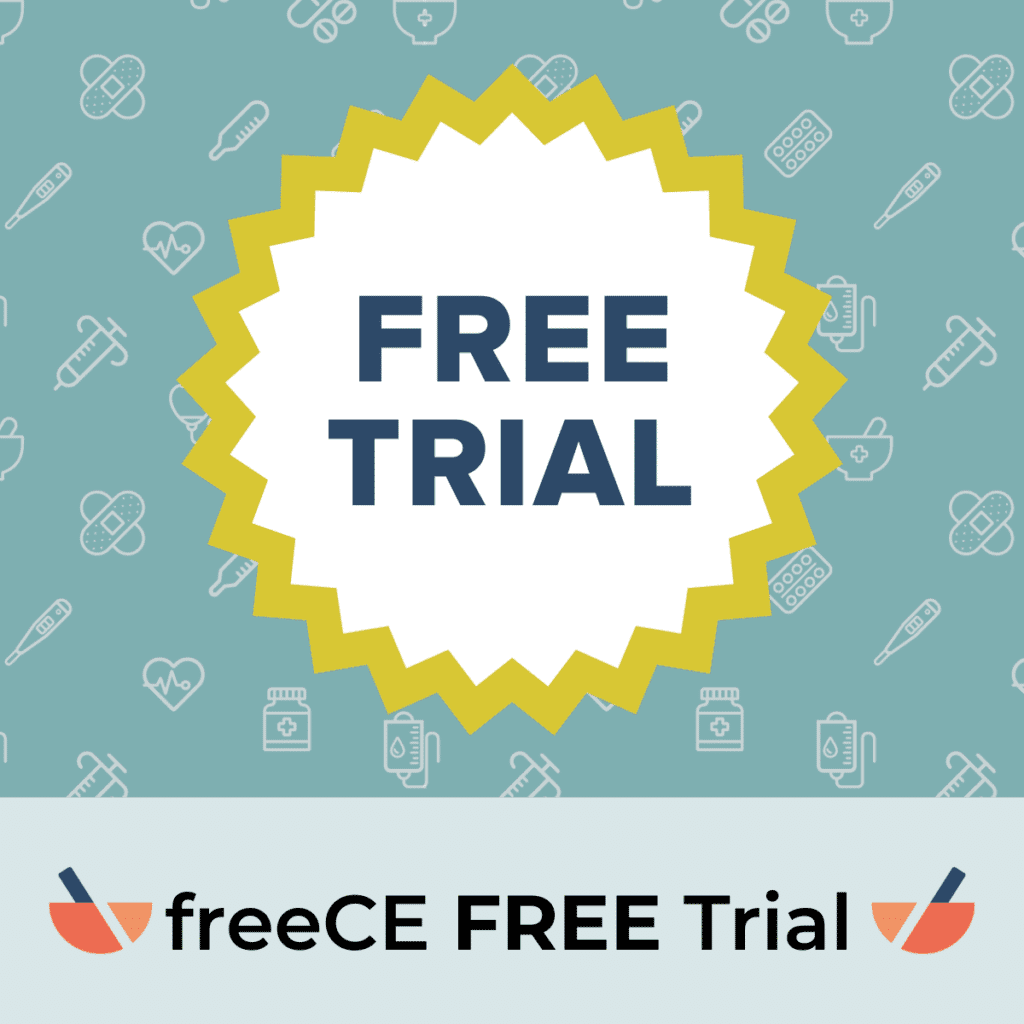Table of Contents
Throughout my time as a pharmacy student, I spent a lot of time volunteering with a nonprofit in my area that I loved dearly. We would travel around to set up tables at various community events. Along with all of the clothing and swag that was provided at these events (let me tell you, I had a section in my closet dedicated to items I had received from all of the volunteering events), I specifically remember handouts and flyers being provided to various event attendees with the slogan in large letters, “Let 340B.” The implementation of the 340B program has raised multiple questions throughout the years regarding various economic, legal, and social aspects of access to healthcare. More commonly have circulated the questions, “What is the 340B program?” and, “Why is it called that?” Given the various administrative rulings that have been circulating recently, this blog post aims to provide a brief overview of the program as well as the different perspectives that many people have regarding it.
What is 340B?
In short, section 340B of the Public Health Service Act requires pharmaceutical manufacturers who participate in Medicaid to vend medications used to treat outpatient conditions at discounted prices to certain “covered entities” with the purpose of providing care for patients who would otherwise not be able to afford care due to overwhelming costs of treatment(s). Covered entities include numerous types of healthcare organizations including federally qualified health centers (FQHCs), HIV/AIDS treatment centers, black lung clinics, hemophilia diagnostic treatment centers, Native Hawaiian Health Centers, Urban Indian Organizations, and other hospitals and clinics that that meet certain requirements per the law. Pharmacy personnel play a huge role in the implementation of the 340B program. Primarily we ensure that the medications are being distributed and dispensed to the patients who will most benefit from this program, as well as assisting with improvement of health outcomes in given areas.
Impacts of 340B
The positive impact of the 340B program is undeniable. Patients have been able to receive healthcare services and treatments that they otherwise would not have been able to afford otherwise, and healthcare entities who mainly treat underserved populations have been able to allocate money in their budget to the expansion of clinical services that they otherwise would’ve used to purchase medications. The access that patients have been able to have to certain treatment plans have had measurable impact on various communities. One study found that the implementation of the 340B program in a midwestern health system has decreased hospital admissions and emergency department visits relating to COPD exacerbations. This was based on the ability for patients to be able to afford their inhalers.
Additionally, this has opened up the position for pharmacists to serve in the role of improving treatment-related health outcomes in certain patient populations. One study that evaluated the impact of pharmacist-provided medication therapy management (MTM) programs in 10 FQHCs in Ohio, a lot of which were partially funded by 340B programs, found that over half of their patients enrolled in the programs were able to achieve certain treatment outcomes goals pertaining to diabetes and hypertension. The capabilities of the pharmacist to improve health outcomes and mitigate morbidities and mortalities has been well elucidated, and it is fair to claim that the funding from 340B has assisted in shining this light.
However, this does not come without any controversies. There are no given requirements for covered entities on how the 340B funding must be spent. This begs the question as to whether or not the funds for 340B are being allocated towards the intended services. For one, disproportionate share hospitals make up about 40% of covered entities, and a good proportion of said hospitals serve areas with higher income and lower uninsured rates. Additionally, one study has found that the implementation of the 340B program in disproportionate share hospitals has not been found to significantly impact the offering of lower-cost medical services. Given that the profits reported from these hospitals have doubled on average over the past couple of decades, it is certainly understandable that people are skeptical of the impact that the 340B program is truly having. Even more concerning is the discovery that some patient care costs may have increased as a result of increased profits from the program; for example, many 340B hospitals have purchased outpatient cancer clinics with the extra profit money, which may have led to increased patient costs.
What is at stake?
Plenty of critics have been calling for the outright removal of the program based on these concerns, which despite the corruption that may be occurring in pockets of treatment centers, would render many patients who need the treatment the most in a vulnerable position in which they could be left without care. On the contrary, although representative Morgan Griffith provided the reassuring statement to hospitals that “the 340B program isn’t going anywhere” the other day, it is fair to question exactly how reassuring that statement may be. If we are going to continue funding for programs to provide increased access to care, we want to make sure that the funds are being used appropriately.
As I reflect upon my time volunteering with the aforementioned organization who benefits from 340B funding, I am very fortunate to have witnessed firsthand the impact that they personally made on the surrounding communities. Truly their altruism knows no bounds. As someone who has a fervent passion for advocacy for the individual and the community as well as increased access to healthcare for all, however, I would argue that “Let 340B” is an unfinished sentence. If I could personally change the statement, I would rather it be stretched to say, “Let 340B the driving force for increased access to healthcare services as it was meant to be.”
References
1. Health Resources & Services Administration. 340B Drug Pricing Program. Official web site of the U.S. Health Resources & Services Administration. Published April 21, 2017. https://www.hrsa.gov/opa
2. Knox RP, Wang J, Feldman WB, Kesselheim AS, Sarpatwari A. Outcomes of the 340B Drug Pricing Program: A Scoping Review. JAMA Health Forum. 2023;4(11):e233716. Published 2023 Nov 3. doi:10.1001/jamahealthforum.2023.3716
3. Rodis JL, Capesius TR, Rainey JT, Awad MH, Fox CH. Pharmacists in Federally Qualified Health Centers: Models of Care to Improve Chronic Disease. Prev Chronic Dis. 2019;16:E153. Published 2019 Nov 21. doi:10.5888/pcd16.190163
4. Taliaferro LM, Dodson S, Norton MC, Ofei-Dodoo S. Evaluation of 340B prescription assistance program on healthcare use in chronic obstructive pulmonary disease. Explor Res Clin Soc Pharm. 2023;11:100295. Published 2023 Jun 14. doi:10.1016/j.rcsop.2023.100295







